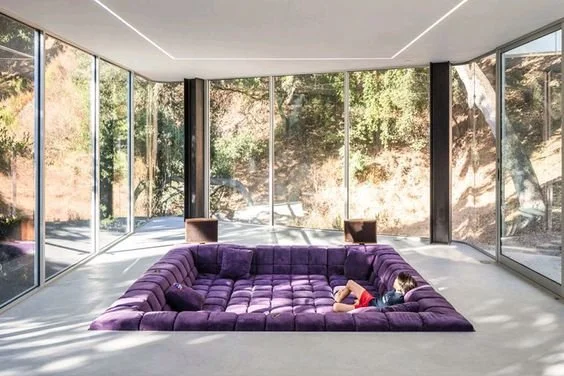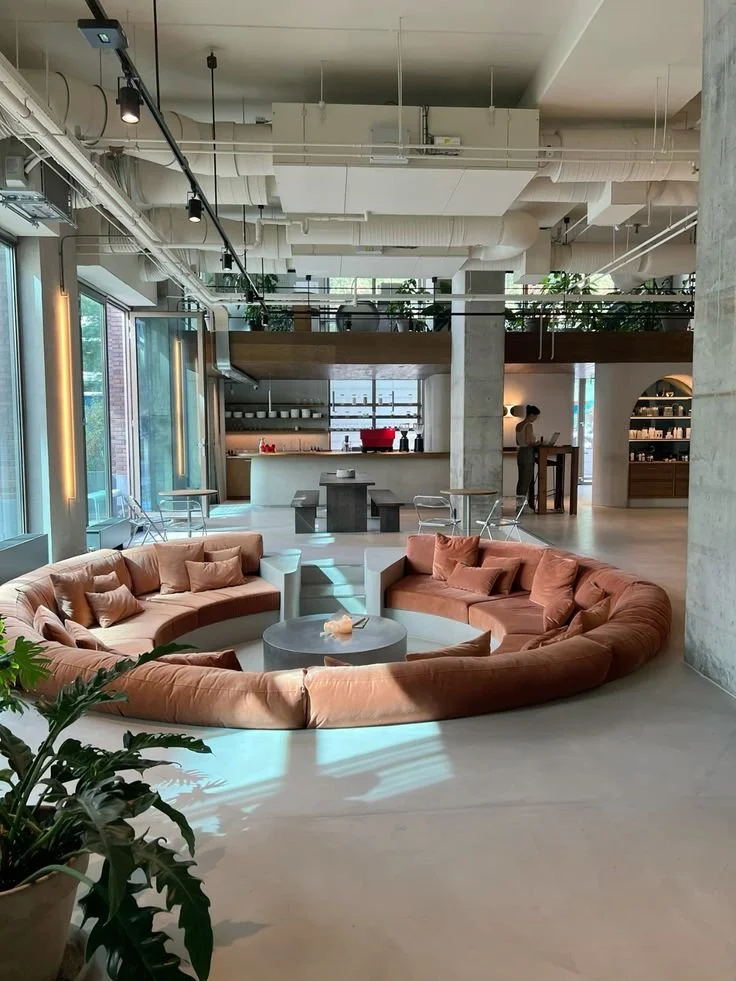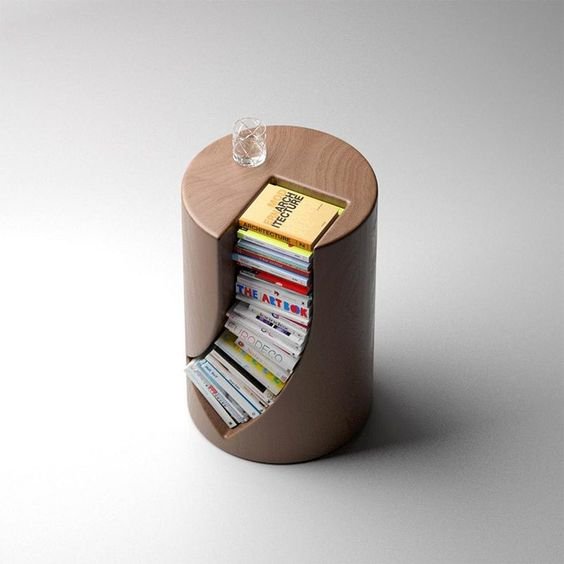Artistic Expression in Everyday Life: Incorporating Art into Functional Design
Art has long been revered for its ability to evoke emotions, inspire creativity, and enrich our lives. While traditionally confined to galleries and museums, there is a growing movement to integrate art into everyday environments. This article explores the concept of artistic expression in functional design, highlighting how art can enhance the aesthetic appeal and functionality of our living spaces.
Blurring the Lines Between Art and Design
Incorporating art into functional design blurs the lines between traditional distinctions, transforming mundane objects into works of art. From furniture and décor to household appliances and architectural elements, designers are increasingly exploring innovative ways to infuse creativity and expression into everyday objects.
One of the primary benefits of incorporating art into functional design is the ability to create visual interest and focal points within a space. Whether through bold colors, intricate patterns, or unconventional shapes, artistic elements can captivate the eye and stimulate the senses, transforming ordinary environments into dynamic and engaging spaces.
Enhancing Emotional Connection
Art has the power to evoke emotions and provoke thought, adding depth and meaning to our surroundings. By integrating art into functional design, designers can imbue spaces with a sense of personality, warmth, and character, fostering emotional connections and enriching the overall experience of living.
Promoting Cultural Exchange
Artistic expression in functional design also provides an opportunity for cultural exchange and celebration. Designers draw inspiration from diverse artistic traditions and cultural influences, incorporating elements of global heritage into contemporary living spaces. This not only adds richness and diversity to our environments but also fosters cross-cultural understanding and appreciation.
Examples of Artistic Integration
Numerous examples illustrate the seamless integration of art into functional design across various disciplines. For instance, furniture designers like Marcel Wanders and Philippe Starck infuse their creations with sculptural elements and whimsical motifs, blurring the boundaries between furniture and art. Similarly, architectural firms such as Gehry Partners and Zaha Hadid Architects incorporate artistic flourishes into their building designs, creating iconic structures that double as works of art.
Practical Considerations
While the fusion of art and functional design offers endless creative possibilities, practical considerations must be taken into account. Designers must balance aesthetic appeal with functionality, ensuring that artistic elements enhance rather than hinder usability and comfort. Additionally, considerations such as maintenance, durability, and safety play a crucial role in the integration of art into everyday objects and environments.
Incorporating art into functional design represents a dynamic and innovative approach to creating environments that are not only aesthetically pleasing but also emotionally resonant and culturally rich. By blurring the boundaries between art and design, designers have the opportunity to elevate everyday objects and spaces, transforming the mundane into the extraordinary and enriching the lives of those who inhabit them.




